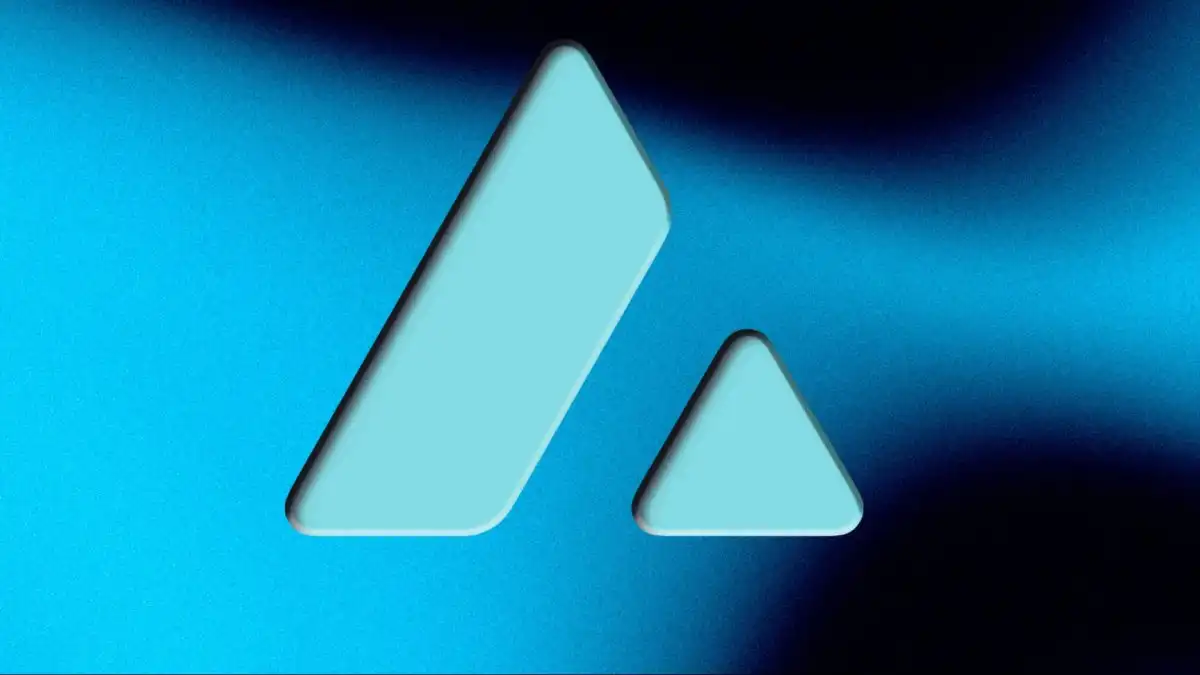- DeepFreeze on the XRP Ledger offers a powerful tool for issuers to completely freeze token activity, ensuring regulatory compliance in high-stakes environments.
- This feature enhances security, mitigates fraud, and positions XRPL as a leader in institutional blockchain adoption.
In the fast-evolving world of blockchain, the XRP Ledger (XRPL) has quietly rolled out a powerful new tool with massive implications for institutional finance—DeepFreeze. While the crypto spotlight often chases hype and headlines, this amendment is poised to reshape how stablecoins and tokenized assets operate on-chain. And yet, few are talking about it.
Also read: How IOTA Could Revolutionize Tesla Cars and the Future of Smart Mobility
What Is DeepFreeze, and Why Should You Care?
DeepFreeze is not your average upgrade. It’s a high-precision freeze mechanism designed for issued tokens on XRPL—think stablecoins, CBDCs, or tokenized real-world assets. Unlike the standard freeze, which merely restricts outgoing transfers, DeepFreeze goes nuclear: it blocks both incoming and outgoing transactions on a trust line. The result? Complete isolation of a compromised or non-compliant account.
This isn’t about XRP itself—it remains unaffected. Instead, it’s about giving issuers like Ripple, Societe Generale Forge, or Braza Bank the tools to enforce real-world compliance on-chain, without disrupting the entire ledger. For institutions navigating anti-money laundering (AML) laws or international sanctions, that’s a game-changer.
How It Works (Without Getting Too Technical)
The magic lies in XRPL’s ledger flags. When DeepFreeze is applied via TrustSet transactions, specific flags (lsfLowDeepFreeze, lsfHighDeepFreeze) sever transactional capability along a trust line. Transactions to a frozen account fail, offers on the DEX collapse, and multi-hop payments halt—all ensuring airtight control.
Why Institutions Should Be Watching
Regulatory compliance is non-negotiable in traditional finance. With DeepFreeze, XRPL sends a loud message: we’re ready for the big leagues. From halting sanctioned accounts to pausing token flows during fraud investigations, this feature delivers the compliance-grade tools institutions demand.
And it’s not just theory. The amendment was proposed in August 2024, coded by March 2025, and is already being voted on by validators like Eminence.
The Bottom Line
DeepFreeze isn’t flashy—but it’s foundational. As the XRPL continues to mature, tools like this will attract serious players, boost token liquidity, and legitimize blockchain for regulated financial use. The influencers might ignore it, but smart builders and validators shouldn’t.
Want a blockchain that plays by the rules while pushing boundaries? DeepFreeze might just be your reason to pay attention to XRPL again.




